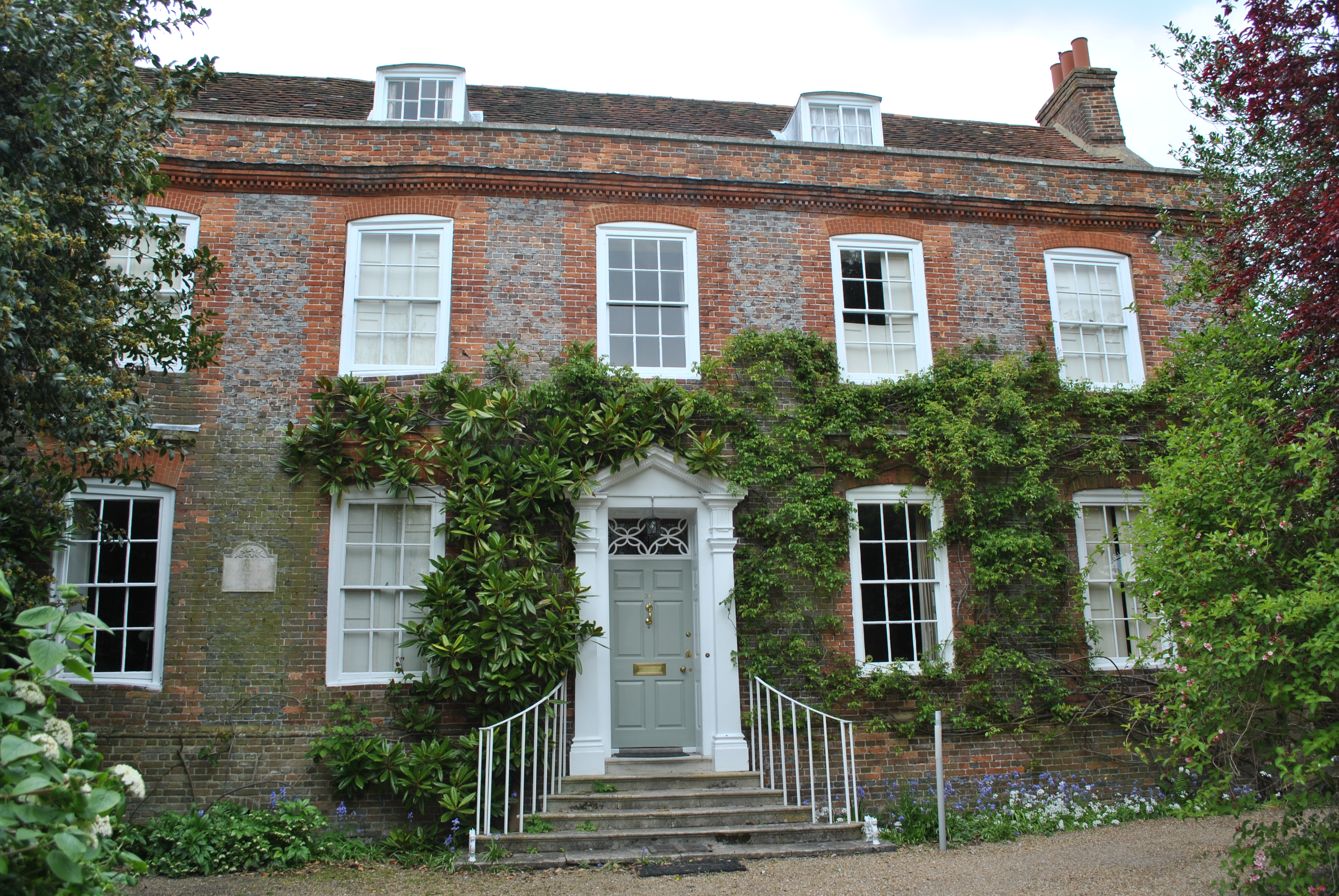
Chantry House
Partner Gluck
Queer Places:
Chantry House, 51 Church St, Steyning BN44 3YB, Regno Unito
Edith Shackleton Heald (12 September 1885 – 4 November 1976) was a bisexual British journalist who was the last mistress of the poet W. B. Yeats from 1937 until his death in 1939, and lived with the openly lesbian artist Gluck from 1944 until her death in 1976.
Yeats called her "the best paid woman journalist of her time", and Arnold Bennett called her the "most brilliant reviewer" in London.[1]
Edith Shackleton Heald was born on 12 September 1885[2] in Manchester, the younger daughter of John Thomas Heald, and Mary Shackleton. They were both from Stacksteads, Lancashire, and he was originally a schoolmaster. She had an older sister, Nora Shackleton Heald, with whom she co-owned the Chantry House. Nora would go on to be the editor of The Queen and The Lady. Her brother Ivan Shackleton Heald (1883–1916) was "Fleet Street's most acclaimed humorous writer" until he joined the Royal Flying Corps and died in the First World War.[1]
Shackleton Heald was a "pioneering reporter",[3] and a special correspondent for the London Evening Standard and wrote for the Daily Express, the Sunday Express and the Daily Sketch.[4] Heald was not the only lesbian writing for the Evening Standard in the 1930s, as Evelyn Irons moved there from the Daily Mail, while recovering from a "tempestuous affair" with Vita Sackville-West.[5]
On 16 June 1932, at the Dorchester Hotel on Park Lane, London, a number of British women writers and readers gathered for a Reception given by Time and Tide, the feminist weekly newspaper founded by Lady Margaret Rhondda in 1920. According to a report printed in The Times the next day, among those who had accepted invitations to be present were: Phyllis Bentley, Stella Benson, Vera Brittain, Professor Winifred Cullis, E.M. Delafield, Susan Ertz, Eleanor Farjeon, Cicely Hamilton, Winifred Holtby, Sylvia Lynd, Rose Macaulay, Naomi Mitchison, Edith Shackleton, Rebecca West and Ellen Wilkinson. Years later, Naomi Mitchison described Time and Tide as 'the first avowedly feminist literary journal with any class, in some ways ahead of its time', which in the early 1930s was 'in full flood, with a number of good authors writing for it'.
W. B. Yeats was introduced to Heald in April 1937, by Edmund Dulac and Helen Beauclerc. Heald became his last mistress.[1] Yeats spent a good deal of time at her home, the Chantry House in Steyning, Sussex, where she lived with her sister Nora Shackleton Heald.[6][4]
Chantry House
Roy Foster, Yeats' official biographer, wrote, "While no longer capable of full intercourse, his relationship with Edith was intensely sexual: surviving blurry snapshots show her sunbathing bare-breasted in the Steyning garden under his rapturous gaze."[7] W. J. McCormack in his biography of Yeats states that they had sexual relations, but that Heald was a lesbian.[2]
When Yeats died on 28 January 1939, his wife George and Heald were both at his bedside at the Hôtel Idéal Séjour in Roquebrune-Cap-Martin.[8] Heald was present for his burial at Roquebrune cemetery.[2]
In 1944, Gluck moved into The Chantry House in Steyning to live with Heald, even though Gluck was still in love with her previous lover, Nesta Obermer (born Ella Ernestine Sawyer), who she viewed as her "wife", even though she was married to the much older American Seymour Obermer, who was able to fund her extravagant lifestyle.[4][5] Nesta enjoyed her life of international travel, arts patronage and parties, and was unwilling to divorce her wealthy husband, even if it had been possible in the 1930s. Gluck was still deeply in love with Nesta, Heald resented Nesta's hold on Gluck's affections, and Nora was jealous of Heald's love for Gluck.[5]
Edith Shackleton Heald died on 4 November 1976, and Gluck on 10 January 1978.[4]
My published books: